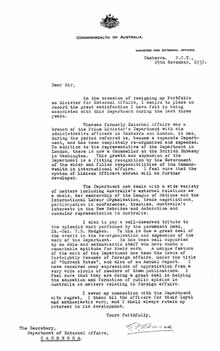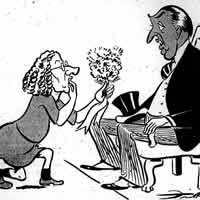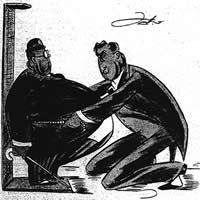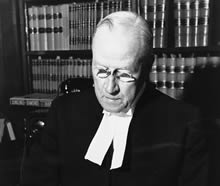FIRST STEPS
The role of Australian foreign policy in the 1920s and 1930s was summed up by Robert Menzies as Australians saying ‘useful things at the right time to the Government of the United Kingdom’.
[CPD vol. 157 p. 429]
Department of External Affairs
It was not until 1935 that a Department of External Affairs was established under its own permanent head, Lieutenant Colonel W R Hodgson. In 1937 (Sir) Keith Officer was appointed as Australian Counsellor attached to the staff of the British Ambassador in Washington to provide some direct feedback to Australia. Also in 1937 the External Affairs Department prepared its own memorandum on the international situation for use by Australian delegates at the Imperial Conference that year.

The Australian Department of External Affairs was established under its own permanent head, Lieutenant
Colonel W R Hodgson, in 1935. By 1937 the Department had progressed to attaching an Australian Counsellor to the staff of the British Ambassador in Washington to provide some direct feedback to Australia. This letter is from George Pearce, Minister for External Affairs.
JCPML. Records of Dept. of Foreign Affairs.
Historical Documents Project. Japan (Selections), 1937-1938. JCPML00870/6.
.jpg)
.jpg)


